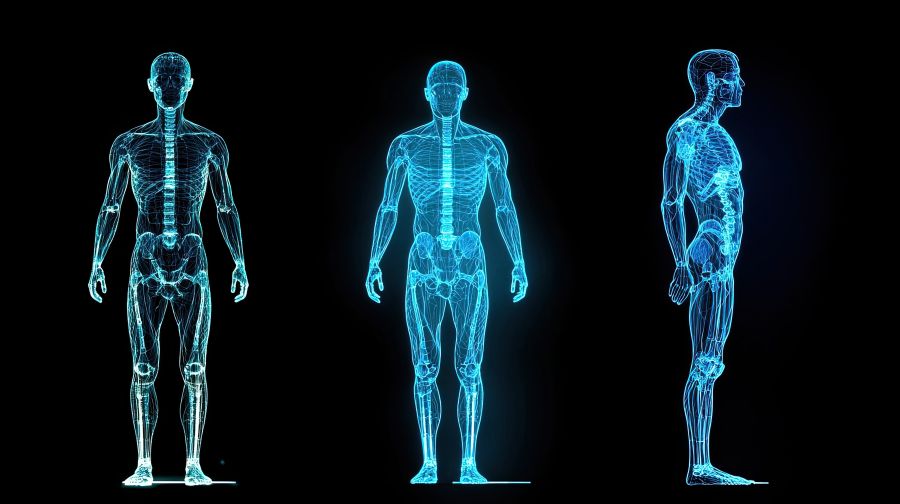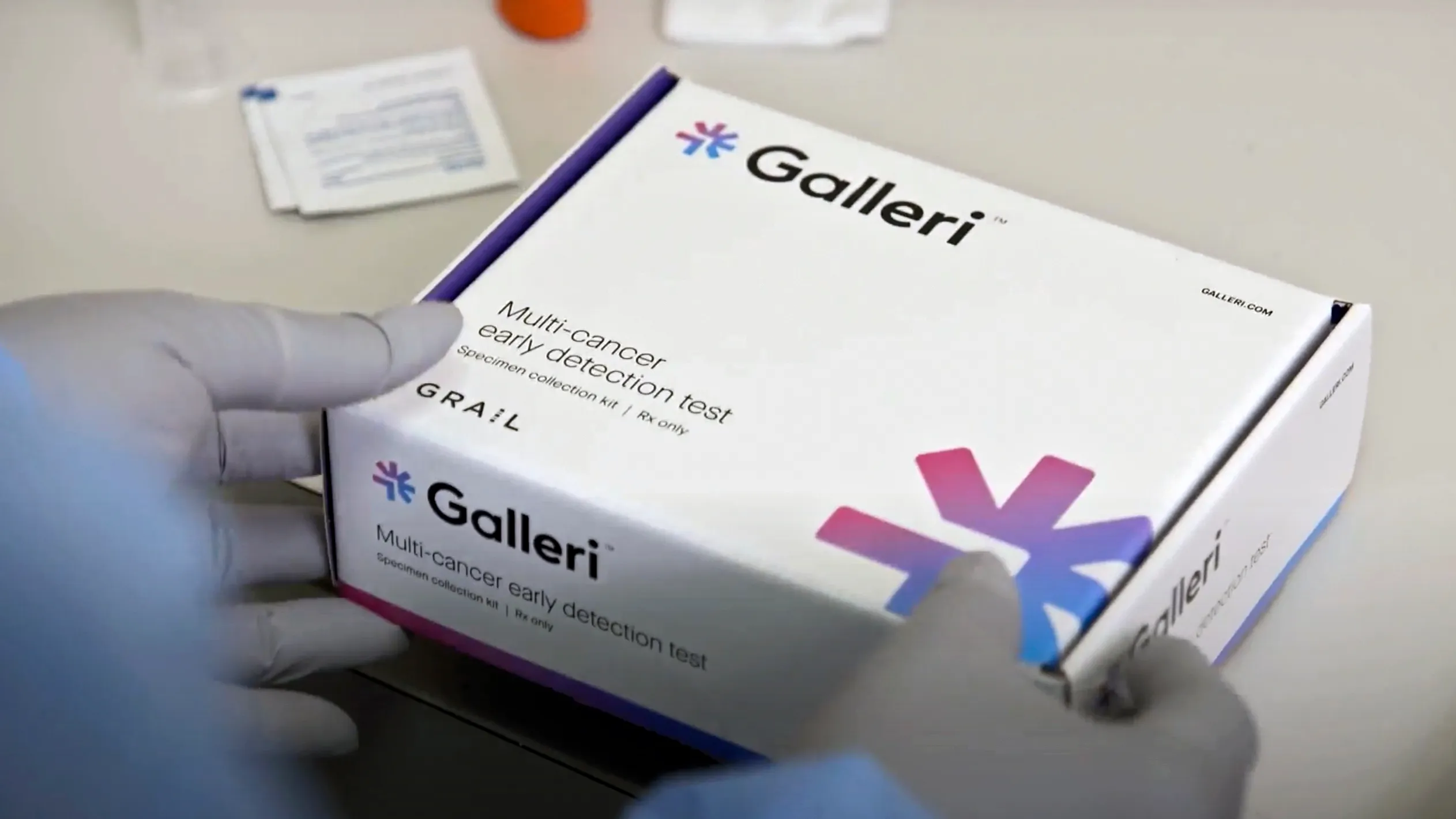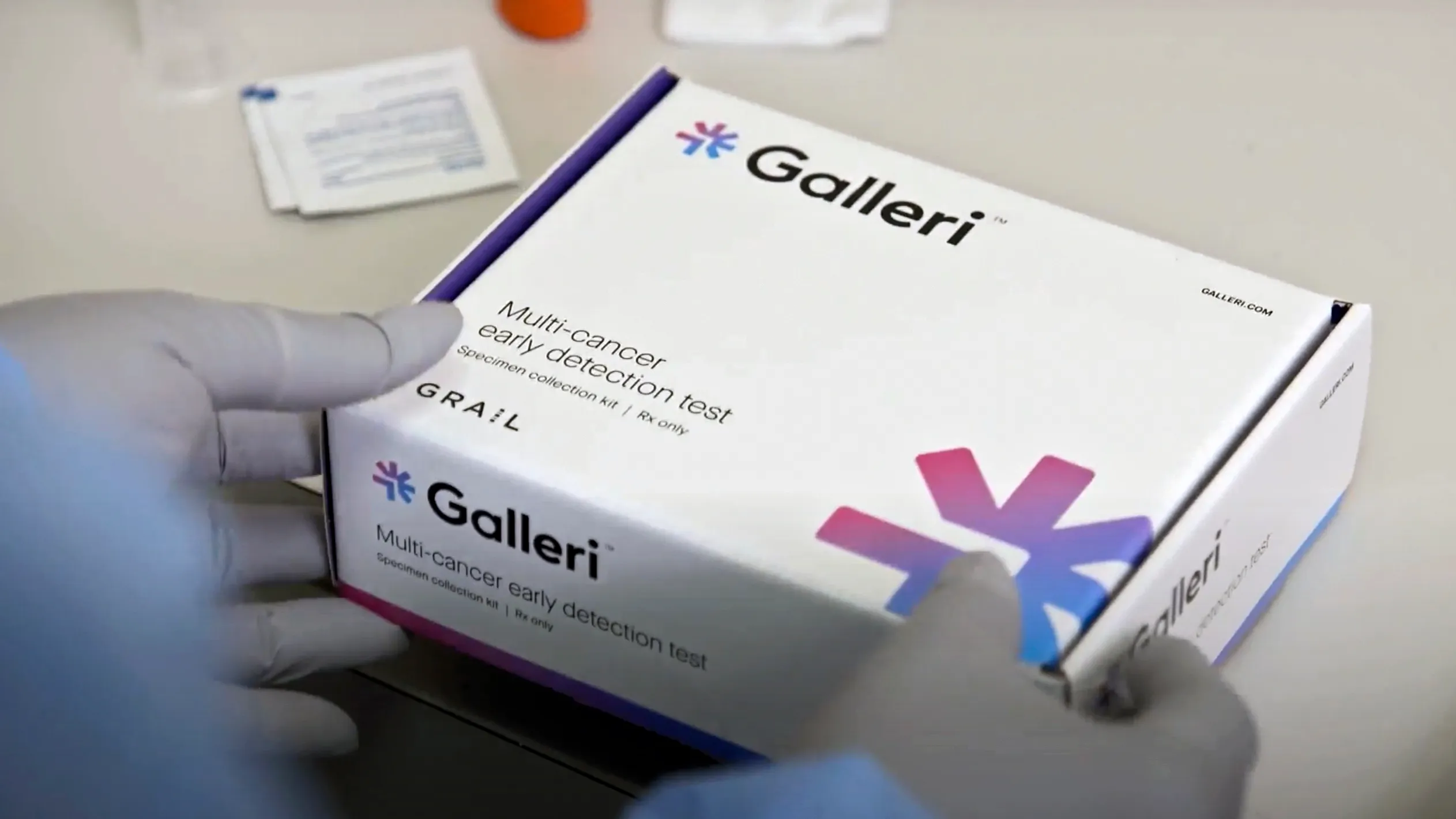Whole-body MRI (Magnetic Resonance Imaging) has gained popularity as a comprehensive health screening method, promising early detection of various medical conditions. While it offers significant advantages, there are also important considerations and potential drawbacks, notably false positives. This article examines the benefits and pitfalls of whole-body MRI screening, providing evidence-based insights to help individuals make informed decisions.
Benefits of Whole-Body MRI
Early Detection and Better Outcomes
One of the most compelling reasons for using whole-body MRI screening is its potential to identify medical conditions at an early stage, when they are typically more treatable. MRI is highly sensitive and capable of visualizing tissues clearly, without radiation exposure, making it particularly beneficial for regular screenings.
Studies indicate that whole-body MRI can detect various types of cancers and abnormalities much earlier than traditional methods. For example, a 2018 study published in the Journal of Clinical Oncology demonstrated that whole-body MRI was significantly more sensitive in detecting multiple myeloma compared to standard imaging techniques like CT scans or skeletal surveys. Similarly, MRI is highly effective in identifying soft tissue abnormalities, including cancers like lymphoma, leukemia, sarcomas, and certain solid tumors at stages that other tests might miss.
Comprehensive Screening
Whole-body MRI covers multiple systems simultaneously, potentially identifying issues that would otherwise require separate screenings. This comprehensive approach can detect early signs of neurological disorders, cardiovascular anomalies, joint diseases, and spinal abnormalities, providing a more holistic picture of overall health.
No Radiation Exposure
Unlike CT scans and X-rays, MRIs do not involve radiation, reducing the long-term risk associated with cumulative radiation exposure from frequent screenings. This advantage is especially relevant for patients requiring regular imaging.
Types of Conditions Detectable by Whole-Body MRI
Whole-body MRI excels in detecting a variety of conditions including:
- Cancer: Early-stage tumors, particularly in soft tissues like muscle, brain, liver, kidneys, and reproductive organs.
- Neurological Conditions: Early stages of multiple sclerosis, brain tumors, and certain types of stroke.
- Musculoskeletal Issues: Joint inflammation, disc herniations, and early-stage arthritis.
- Vascular Conditions: Aneurysms, blockages, and other abnormalities in arteries and veins.
Limitations and False Positives
Despite its numerous benefits, whole-body MRI has significant limitations, primarily associated with false positives, which can lead to anxiety and unnecessary medical procedures.
High Rate of False Positives
MRI scans, due to their extreme sensitivity, frequently detect anomalies that are non-threatening or benign. These false positives often result in additional, sometimes invasive tests to rule out serious conditions. Research published in the American Journal of Medicine indicates that nearly 30-40% of healthy individuals undergoing whole-body MRI screening may experience a false positive result. Consequently, these findings can trigger unnecessary stress, additional tests, biopsies, and even surgeries.
Limited Detection Capability
Whole-body MRI is less effective at detecting certain cancers and conditions, including early-stage lung cancer, colorectal cancer, and breast cancer, due to lower sensitivity in air-filled structures and dense tissues. Standard screenings like mammography, colonoscopy, or low-dose CT for lung screening often provide more reliable results for these specific conditions.
Costs Associated with Whole-Body MRI
Whole-body MRI scans are typically not covered by insurance for routine screening due to their status as preventive rather than diagnostic procedures. The cost of a full-body MRI can vary significantly based on geographical location, facility, and specific protocols, typically ranging from $1,500 to $5,000 per scan. These costs may be prohibitive for routine annual screening, especially considering the potential for additional costs incurred from follow-up procedures resulting from false positives.
Should You Get a Whole-Body MRI?
Deciding whether to undergo whole-body MRI screening involves weighing its potential benefits against its limitations and risks. The following factors should guide the decision-making process:
- Risk Factors: Individuals with significant risk factors for certain cancers or genetic predispositions might benefit more from targeted or regular screenings.
- Anxiety and Quality of Life: Individuals prone to anxiety or concerned about unnecessary interventions due to false positives should carefully consider whether the potential psychological stress is justified.
- Financial Considerations: Assess the economic impact, including potential additional costs from follow-up tests and procedures that may arise from false positives.
- Physician Consultation: Consulting with healthcare professionals to evaluate individual risk profiles and medical history is crucial before opting for whole-body MRI.
Conclusion
Whole-body MRI offers notable benefits in comprehensive health screening and early detection of several serious conditions. However, these benefits must be carefully weighed against significant rates of false positives, limitations in detecting certain cancers, associated costs, and potential psychological stress.
The decision to undergo whole-body MRI screening should be individualized, ideally involving discussions with healthcare providers who can tailor advice based on personal health risks, family history, financial considerations, and the psychological implications of potential outcomes. Ultimately, an informed, balanced approach that aligns screening strategies with individual health profiles will yield the best health outcomes.

This article reviewed by Dr. Jim Liu, MD.
There’s nothing more important than our good health – that’s our principal capital asset.
#medical #telehealth #umedoc # whole body MRI













